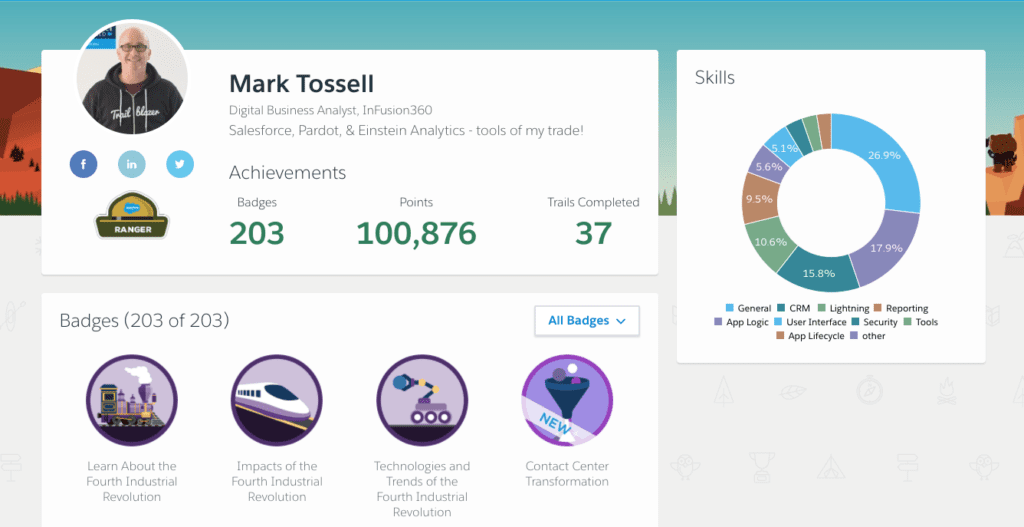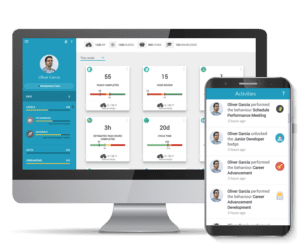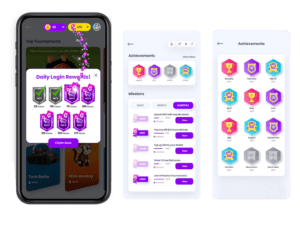The Gamification industry is now valued at $12 billion worldwide, up by $7.03 billion since 2016. The reason for this astronomical uptick can be attributed to a few important factors – first, the gradual decline of the attention span for the average user. Second, the phenomenal rise in smartphone users all over the world, and the subsequent quick shift of the industry and innovation towards mobile devices. Third, increased competition in almost every sector, and lastly, the two-plus-year pandemic that has put additional pressure on traditional business and methods. Organizations as a result have opted for newer, unconventional methods like gamification to transform their existing processes into interactive, interesting sets of tasks. This, in turn, has created better user engagement, attracted new users, and improved the loyalty of existing customers.
Software Technology is one of the world’s largest sectors, with revenue projected to reach a staggering $626 billion by 2022. With numerous large, medium, and small-scale organizations vying for a piece of this pie, gamification has emerged as the tool of preference for them to leapfrog their competition. Here’s how gamification is helping software industry companies to stand out from their peers and leasing a new life into traditional business processes.
How is Gamification Relevant in Software Technology?
Here’s how gamification helps software technology organizations:
- By increasing user engagement, gamification attracts new users and transforms visitors into loyal customers.
- Incentivized milestones-based tasks increase the chances of retaining an existing user base.
- Increasing perks and points keep users loyal for a longer duration.
- Brand value, awareness, and customer-centric messages are more effective and boosted with gamification.
- Organizations can analyze the permission-based user data collected from trivia, Q&A, and surveys in gamification to gain valuable insight about their user base and further customize their products and services.
Some Recent Examples:-

- TrailHead is a free-to-access website to learn the in and outs of the Salesforce platform. Salesforce, one of the world’s largest sales and ERP software, gamified the platform by building the user’s progress like an adventure. Trailhead leverages gamification in many ways, including heavily using camping and hiking motifs, utilizing video-game-like progress monikers like ‘Choose Your Adventure’ and ‘Blaze Your Trail,’ and giving users unlockable 450+ badges that they can share on platforms like LinkedIn.
- Deloitte were pioneers in gamifying their internal learning platform with badges and stickers back in 2012. The leaders at Deloitte realized the potential of gamification early and didn’t hesitate to implement it. Deloitte Leadership Academy, as a result, saw a 37% increase in returning users and 75% faster completion of the courses. Deloitte also saw employees spending more time on their learning platform and completing more courses on average.
- Nike+ and FuelBand are good examples of software gamification tied to the health and fitness industry. Nike released their Nike+ program, with Fuelband fitness tracker, to nudge users into an active lifestyle as well as to introduce them to the Nike ecosystem. Users could select a fitness program that suited them best, follow certain superathletes, buy shoes through the Nike app, as well as track their running and walking progress. Some stickers and badges are unlocked when a user completes certain daily, monthly or yearly milestones. Moreover, the top three users on the leaderboard stood a chance to win exclusive prizes.
- Khan Academy is one of the most popular online learning platforms. They use gamification principles to increase student engagement, pitting their users against each other in friendly competition in pursuit of them competing in more courses. By utilizing the standard template of incentivizing course completions, exams – via badges, stickers, and loyalty points, Khan Academy can keep more users signing up on their platform, as well as retain existing users.
- Other examples include Apple and Google‘s socially shareable daily milestones, badges, and stickers in their respective fitness apps, and similar rewards-based activities in daily mindfulness apps like Calm.
—
Gamification in the software industry started a decade back in 2012 when Deloitte decided to gamify its business processes. It has since spread across the entire market segment, even trickling down to startups and new entrants. Increased competition has forced market leaders and organization heads to tweak existing gamification methods to suit their purpose. The effects of these steps can be seen in various campaigns – both internet, public-access marketing ones, and intra-company ones. Business processes have transformed in tandem with the times, and if you are a software technology decision-maker, gamification is a tool that you simply cannot afford to ignore.






